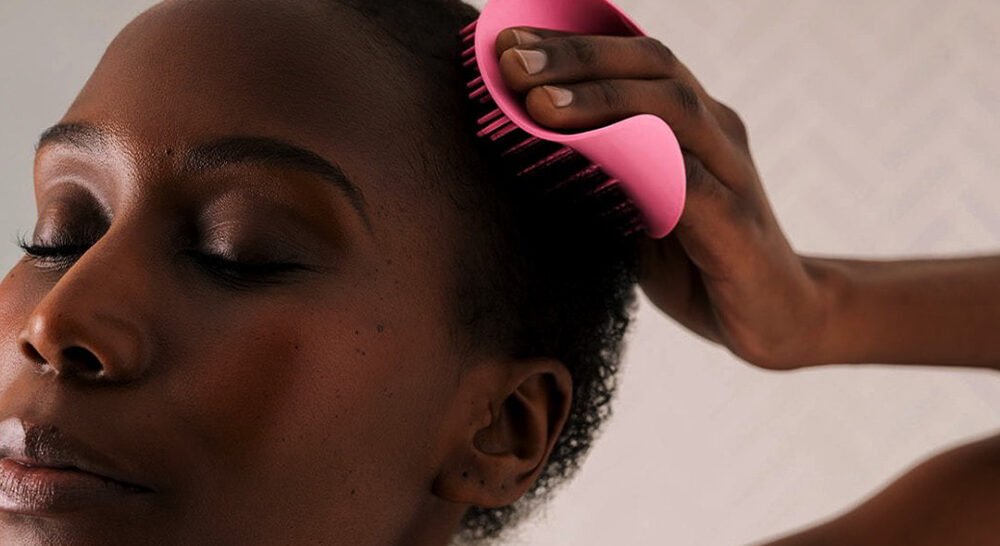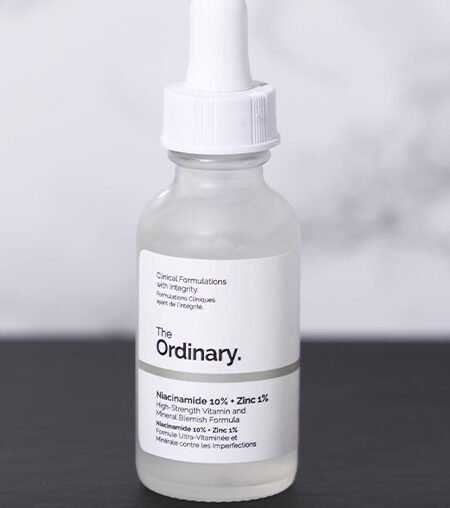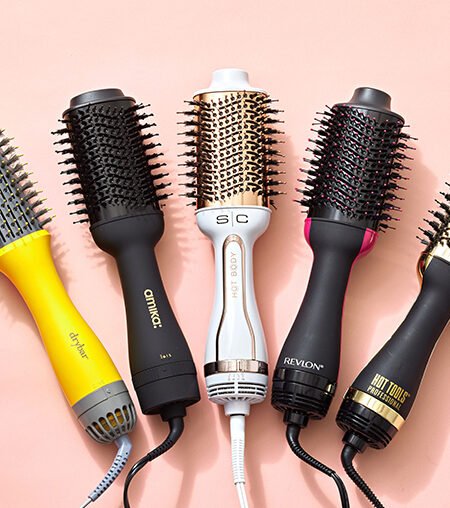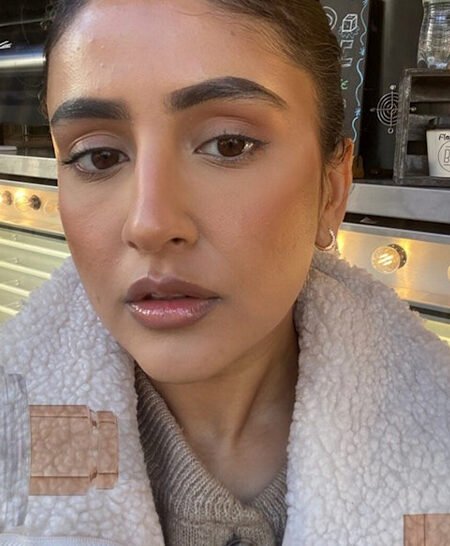Hair loss can be a challenging and emotional experience for many women. From genetic and hormonal changes to stress and medical conditions, several factors can lead to thinning hair or bald spots. Fortunately, there are effective treatments to address this problem. Whether you’re looking for natural remedies or advanced medical solutions, this guide explores the seven best hair loss treatments for women.
1. Minoxidil (Rogaine)
Minoxidil is a popular FDA-approved treatment for hair loss in women. It’s available as a topical solution or foam that you apply directly to your scalp. Minoxidil works by stimulating hair follicles, promoting regrowth and slowing further hair loss.
How to use:
Apply daily to the affected areas of your scalp.
Consistency is key, as results typically appear after 3–6 months of regular use.
Benefits:
Widely available and easy to use.
Proven to improve hair density.
Cons:
May cause scalp irritation or dryness.
Results will not be seen once use is discontinued.

2. Low-Level Laser Therapy (LLLT)
Low-level laser therapy uses devices such as laser combs, caps or helmets to stimulate hair growth. The lasers improve blood flow to the scalp and stimulate hair follicles to become more active.
How to use:
Wear the laser cap or use the comb 3-4 times a week for about 20-30 minutes per session.
Pros:
Non-invasive and painless.
Can be done at home with FDA-approved equipment.
Can be expensive initially.
Can take months to see results.
3. Platelet Rich Plasma Therapy (PRP)
PRP therapy is an advanced treatment performed by professionals. It involves drawing your blood, processing it to extract the platelet-rich plasma, and injecting it into your scalp. PRP stimulates hair growth by improving blood supply to hair follicles and increasing the thickness of the hair shaft.
How it works:
Usually 3-4 sessions are required, spaced one month apart, followed by maintenance treatments.
Pros:
Natural treatment using your own platelets.
Suitable for different stages of hair loss.
Cons:
Expensive and time-consuming.
Slight discomfort during treatment.
4. Hair Growth Shampoos and Serums
Specialty shampoos and serums enriched with ingredients such as biotin, keratin, caffeine, or saw palmetto can combat hair loss. These products nourish the scalp, strengthen existing hair, and create an optimal environment for new growth.
How to use:
Replace your regular shampoo with a hair growth formula.
Apply serums to your scalp daily.
Pros:
Affordable and easy to incorporate into your routine.
Provides additional scalp care benefits.
Cons:
Results may vary depending on the product and the individual.
Not as effective for severe hair loss.

5. Supplements
A healthy diet plays an important role in maintaining healthy hair. Deficiencies in vitamins such as biotin, vitamin D, iron and zinc can contribute to hair loss. Supplements for healthy hair can fill these gaps and promote hair growth.
Recommended supplements:
Biotin: Strengthens hair and nails.
Iron: Improves oxygen supply to hair follicles.
Omega-3 fatty acids: Nourish the scalp and reduce inflammation.
Pros:
Improves overall health and hair growth.
Widely available in stores or online.
Cons:
It takes a while to see visible results.
Always consult a doctor before starting to take any supplements.
6. Essential Oils
Natural remedies like essential oils can be a gentle yet effective way to combat hair loss. Oils like rosemary, peppermint and lavender are known for their hair-stimulating properties.
How to use:
Mix a few drops of essential oil with a carrier oil (like coconut or jojoba oil).
Massage it into your scalp for 5–10 minutes and rinse after an hour or leave it overnight.
Pros:
Affordable and chemical-free.
Promotes relaxation and reduces stress.
Cons:
Results are subtle and require patience.
May not be suitable for everyone, especially those with allergies to essential oils.

7. Hair Transplant
For women with severe hair loss, a hair transplant may be the most effective solution. This procedure involves taking hair follicles from a donor area (usually the back of the scalp) and transplanting them into areas with thinning or no hair.
Procedure Overview:
Performed by an experienced surgeon under local anesthesia.
Provides permanent results with proper care.
Pros:
Ideal for advanced hair loss.
Provides natural-looking results.
Cons:
Expensive and requires recovery time.
Not suitable for all types of hair loss.
Tips to Prevent Hair Loss
In addition to these treatments, adopting healthy habits can go a long way in preventing further hair loss:
Maintain a balanced diet: Eat foods rich in protein, iron, and vitamins.
Minimize heat styling: Avoid excessive use of curling irons, flat irons, or blow dryers.
Reduce stress: Practice yoga, meditation, or breathing exercises to reduce stress.
Avoid tight hairstyles: Hairstyles like ponytails or buns can strain hair and cause breakage.
Conclusion
Hair loss can be a distressing problem, but there is hope. From FDA-approved treatments like minoxidil to natural remedies like essential oils, there are solutions for every budget and taste. The key is identifying the cause of your hair loss and choosing the right treatment for your needs. Consult a dermatologist or hair specialist to create a personalized plan and regain your confidence with healthy, strong hair.
Whether you’re just noticing your hair is thinning or you’ve been struggling with it for some time, you’re not alone and there’s a solution for you.








No Comment! Be the first one.